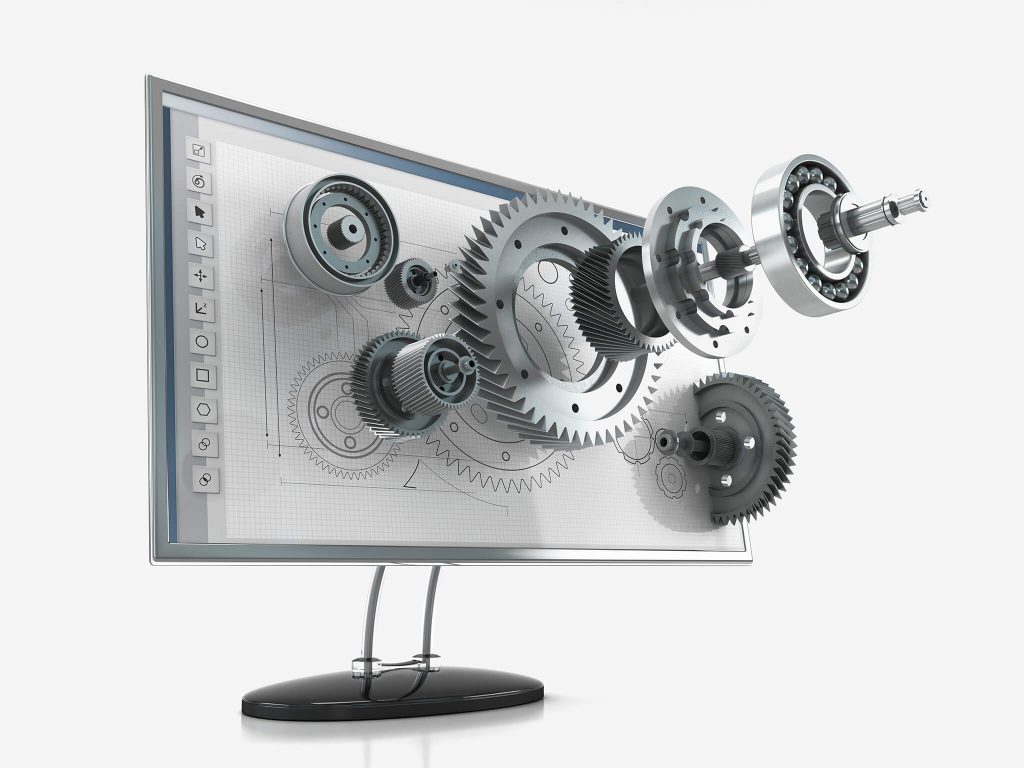
Part Criticality
While a determination of an asset’s criticality is a common consideration in any Reliability program, following this up with an associated part criticality assessment is less common.
But in the realm of Asset Lifecycle Management, Part Criticality represents a huge opportunity to close the gap between Operations and Supply Chain, one that should not be ignored.
Whereas Bills of Material help identify where parts are used, determining the criticality of parts helps explain the relative importance of each part based on how it is used, where it’s used and the conditions under which it will fail – all necessary data within properly integrated EAM systems.







